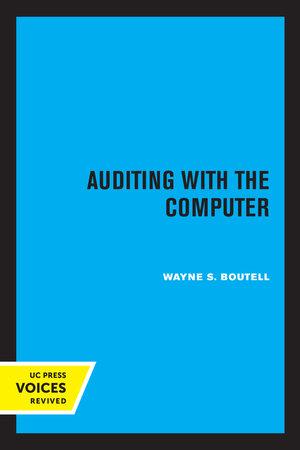Answered step by step
Verified Expert Solution
Question
1 Approved Answer
please help Pages N Question 1: Vineland Resort is a publicly traded company that follows IFRS. Perry Resort, owned by a small group of Canadian
please help 
Pages N Question 1: Vineland Resort is a publicly traded company that follows IFRS. Perry Resort, owned by a small group of Canadian private investors, follows ASPE. Both companies use the cost model when accounting for property, plant, and equipment and have a December 31 year end. From 2016 to 2019, both resorts experienced a period of decline where the number of visitors to the area dwindled. Because of this, at the end of the 2019 fiscal year, each company recorded an impairment loss of $1 million on its buildings because the fair value of these assets did not exceed their carrying amount at that time. a Between 2019 and 2022, the number of visitors to each resort has risen steadily. Resort bookings have dramatically increased because the country's largest developer of destination resorts has opened a ski village, chalets, lodges, and a golf resort in the area. As a result, by the end of 2022, the fair value of the buildings of each resort now exceeds their carrying amount, as shown below, along with other pertinent information. Vineland Perry Sales $2,250,000 $2,500,000 180,000 200,000 Average total assets 9,000,000 10,000,000 Carrying amount of buildings 5,000,000 6,000,000 Fair value of buildings 7,000,000 6,500,000 What the carrying amount of buildings would have been if the impairment had not occurred in 2019 5,800,000 6,700,000 Net income Required: 1. At the end of 2022, can Vineland reverse some or all of the impairment loss recorded in 2019? If so, how much? 2. At the end of 2022, an Perry reverse some or all of the impairment loss recorded in 2019? If So, how much? 3. Calculate the (1) profit margin, (2) asset turnover, and (3) return on assets ratios for both companies based on the amounts provided above. Recalculate each ratio after taking into account any impairment loss reversals determined in parts (a) and (b), if applicable. 4. Based on the ratios calculated in part (c), after taking into efect any impairment loss reversals, which company is performing better? Why? 5. If different accounting standards produce different account balances on financial statements, what additional information may users want in order to evaluate the nature and performance of non-current assets 
Step by Step Solution
There are 3 Steps involved in it
Step: 1

Get Instant Access to Expert-Tailored Solutions
See step-by-step solutions with expert insights and AI powered tools for academic success
Step: 2

Step: 3

Ace Your Homework with AI
Get the answers you need in no time with our AI-driven, step-by-step assistance
Get Started


